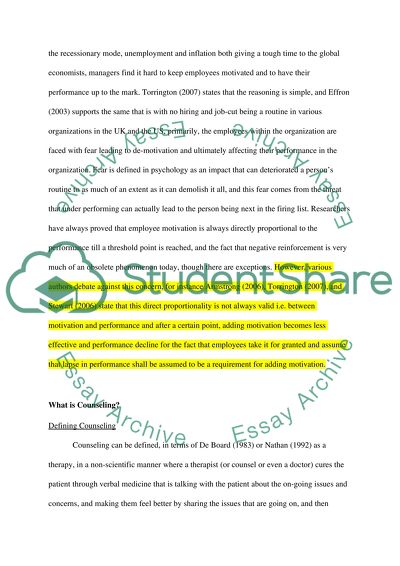Cite this document
(“Work Based Counselling Essay Example | Topics and Well Written Essays - 2750 words”, n.d.)
Work Based Counselling Essay Example | Topics and Well Written Essays - 2750 words. Retrieved from https://studentshare.org/psychology/1514993-work-based-counselling
Work Based Counselling Essay Example | Topics and Well Written Essays - 2750 words. Retrieved from https://studentshare.org/psychology/1514993-work-based-counselling
(Work Based Counselling Essay Example | Topics and Well Written Essays - 2750 Words)
Work Based Counselling Essay Example | Topics and Well Written Essays - 2750 Words. https://studentshare.org/psychology/1514993-work-based-counselling.
Work Based Counselling Essay Example | Topics and Well Written Essays - 2750 Words. https://studentshare.org/psychology/1514993-work-based-counselling.
“Work Based Counselling Essay Example | Topics and Well Written Essays - 2750 Words”, n.d. https://studentshare.org/psychology/1514993-work-based-counselling.


